Many of us aspire to an off-grid lifestyle, if not in practice, then at least in our dreams.
The idea of breaking free from the electric company, the water company, the gas company and all the others who expect a piece of the pie every month is supremely attractive. But more than that, there’s the idea of being self-sufficient and free; living as Americans did in times past.
I can’t claim to be anywhere near self-sufficient or off-grid, as much as I’d like to be. But I’m gradually working my way in that direction, with the idea of getting there one day. Bit by bit I’m building more solar panels, increasing the amount of power I’m getting off wind power, growing my own food and doing whatever else I can to turn my suburban home into something that at least resembles a homestead, even if it will never be.
Part of my goal in all this is to make my family self-sufficient, in the case of an emergency. If the electrical grid goes down or some other serious disaster occurs, I don’t want to be amongst the people who are sitting there, sucking their thumbs and waiting for the government to get their act together. Like everyone else who is a prepper, I feel the necessity to take care of my own.
But there’s another part of this, which is just as important to me. It’s something I had in mind even before I bought my home. That’s retirement. I’m not getting any younger and the way things are going right now, there’s no way that I will have my mortgage paid off before I reach retirement age. So, I either don’t retire, I sell my home and move into something cheaper or I find a way to live where I am for less money.
I’ve chosen option three.
Like I said, I started thinking about this before I bought my home. It’s a large home, because my kids were still living with us when we bought it. While they’ve all moved off since then, we still intend to keep it, having a place that they can come back to, if the need ever arises.
A large part of my plan to reduce costs is to try and apply living off-grid to my daily lifestyle as much as possible. With that in mind, there are a number of projects I’ve done or am in the process of doing. The idea is that together they will reduce my cost of living to the point where I can semi-retire in place, living off of what I can earn working part-time.
The Truth and Fallacy of Solar Panel Deals
One of the things I’ve looked into, as part of this plan, is converting my home to solar power. At first I talked to solar contractors – you probably know the kind; they advertise how you can get solar for free. It sounded like something to look into, so I did.
The way this works is that they contract to install a solar power system on your home, based upon your average usage. The idea is that during the parts of the year where you have above average electrical usage (the summer) you buy the extra electricity you need from the electric company. During the parts of the year where you produce too much electricity (the winter) you sell the extra to them. If everything works out the way it is supposed to, you only pay the electric company an average of $20 per month.
That’s the theory at least. But there are a couple of fallacies to that theory; fallacies, I might add, which won’t show up until after you have signed the contract and are stuck making the payments for your not really off-grid solar power system. Let me list a few for you:
- Your solar panels won’t be producing power at night, so you will always be paying for the electrical power you use at night.
- The amount you pay to buy electricity at retail is much more than the power company will pay you at wholesale for extra electric power you produce.
- The “average” means that you will be paying much more for electricity in the summertime, when you will be using the most. The only time you might get anything back is in the middle of winter, assuming you don’t have electric heat.
- The calculations they make are based upon the rated power of the solar panels. But those panels are not installed with solar trackers, nor is there any provision for changing their angle to match the sun’s track through the sky as the seasons change. They are just mounted flush with your roof, where they are not working at their peak efficiency.
- There is no battery backup system included in the price, so you have no backup power for emergencies; only what your system produces.
Inexpensive, Easy to Build Cellar Will Protect Your Life and Supplies in the Next Crisis
There are a few other points I could make, but I’ll quit there. Those are the principal points. So, for what would have cost me $60,000, plus interest, I would not have had a true off-grid system, but merely something that would produce electricity. How much it actually would produce would have to be seen.
Do it Yourself
The solution to this is to build your own off-grid power system. That’s what I’ve been working on. My system combines wind and solar power and includes a growing battery backup system. It is not intended to provide all the power I currently use; but rather to provide enough to meet our needs in an emergency situation.
By building your own solar panels and installing them yourself, you can save about 50 percent over a solar contractor’s price. In addition, you can install them for maximum efficiency. This means making provision to change the angle of the panels with the seasons, so that they are pointed directly at the sun’s track. That boils down to about a 20 degree change in their angle, four times per year. But it does not mean installing solar trackers so that they follow the sun across the sky every day.
Ultimately, my goal is to be able to produce one-fourth of my home’s peak electrical needs. That may not seem like much, but saving that much off of my monthly electrical bill works out to a sizeable savings every year. But that’s not my only project to save me money.
Use that Electricity
I don’t care how much electricity you are producing, it’s not saving you a dime if you’re not using it. Contractor installed systems are usually tied directly into your home’s grid, so that you use the power they produce. If you don’t do that with your system, then you’re not going to save a thing.
This can be accomplished by tying the output of your system’s voltage inverter directly into your home’s breaker panel. But there’s another way you can use the power as well. Solar panels and wind turbines normally produce 12 volt DC power. If you use devices which run off of that power, you can tie them directly into your battery backup system, avoiding any energy loss through the inversion process.
A couple of ways I do this is with lighting and charging. I have a secondary lighting system installed in parts of my home. This is a 12 volt DC system, using LED lights of the kind that are installed in recreational vehicles. While not as bright as the CFL bulbs that are in most of the light fixtures, it does provide enough light for a lot of activities, allowing me to save money and only use the CFL lights when I need exceptionally bright lights.
Other Electric Savings
Producing your own electricity isn’t the only way to save on your monthly energy bill. The prime electrical consumers in your home are:
- Heating and cooling: 47%
- Hot water heater: 14%
- Washer and dryer: 13%
- Lighting: 12%
- Refrigerator: 4%
- Electric stove/oven: 3-4%
I’ve already mentioned how I’m saving on my lighting costs by using a secondary LED lighting system. I also have LED lights installed in the light fixtures for the parts of the house which don’t have that system. By making this investment, I’ve cut my electrical consumption for lighting down considerably.
Another area I’m working on cutting considerably is hot water heating. Rather than continuing to use the electric heater that the home came with, my plan is to replace it with a homemade solar hot water heater, using the existing hot water heater as a tank for storing the heated water. I’m still experimenting with making an efficient solar collector, but when I have it done a small circulating pump will move the water between the hot water heater and the tank. As a backup, I will have a temperature sensor on the system, to turn on the electric heat if necessary.
We’ve already cut out a lot of our energy cost for the washer and dryer by going back to the old-fashioned idea of using a clothes line. Three-quarters of the energy usage of a washer and dryer is for the dryer, so we’ve made a major savings there.
Finally, we’ve moved a lot of our cooking onto a built-in wood grille on our back patio, rather than using the electric range inside the home. There are two reasons for this; one is to save electricity and the other is to avoid heating up our home. Living in a hot part of the country, it’s important to avoid generating any extra heat inside the home.
Not Just Electricity, Water Too
Going off grid isn’t just about reducing your electrical power consumption, even though that’s the first thing any of us think of. It’s also about reducing your need for anything that you get from our current infrastructure and supply chain. With that in mind, anything from baking your own bread to harvesting your own water is included in going off-grid. Again, all of these things will save you money.
One of the bigger problems with going off-grid is cutting of the city’s water. There are a couple of reasons for this. One is that the city has a monopoly on water and they need people buying water from them, to pay for the costs of running the system. The other is that your water bill covers more than water; it covers sewer and often the garbage pick-up as well.
How To Build a Small Bunker in Your Backyard with $400
The solution is to not cut yourself off from the city’s water system. Rather, go ahead and put in your own water harvesting system, whether that is rainwater capture or a well, but still use some water from the municipal water authority. They won’t have any reason to complain then.
Of course, in doing this, you need to ensure that you don’t connect your water system to the city’s water system; otherwise, you could end up in serious trouble. The way I’ve handled it is to use the city water for my kitchen, while using my well for gardening and some of the bathrooms. I have it set up so that in an emergency I can easily switch over to running everything off my well; but right now the two are separate.
Another thing I’m doing is using my grey water for watering my garden and my trees. The water from my bathtubs and washing machine is all going to the garden. I’ve been doing this for a few years now and it hasn’t had any negative effect on either my vegetables or the fruit from my trees.
Finally, my home has a septic tank, so I don’t have to pay the city for sewer service. While that might change soon, as they are planning on running sewer lines down my street, I hope to keep my septic tank, especially since I had to redo the leach fields last year. If they insist that I switch over, I’ll be installing a valve, so that I can switch back to my tank in the case of an emergency.



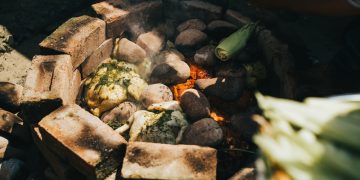

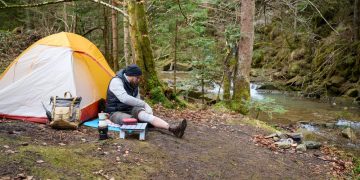

















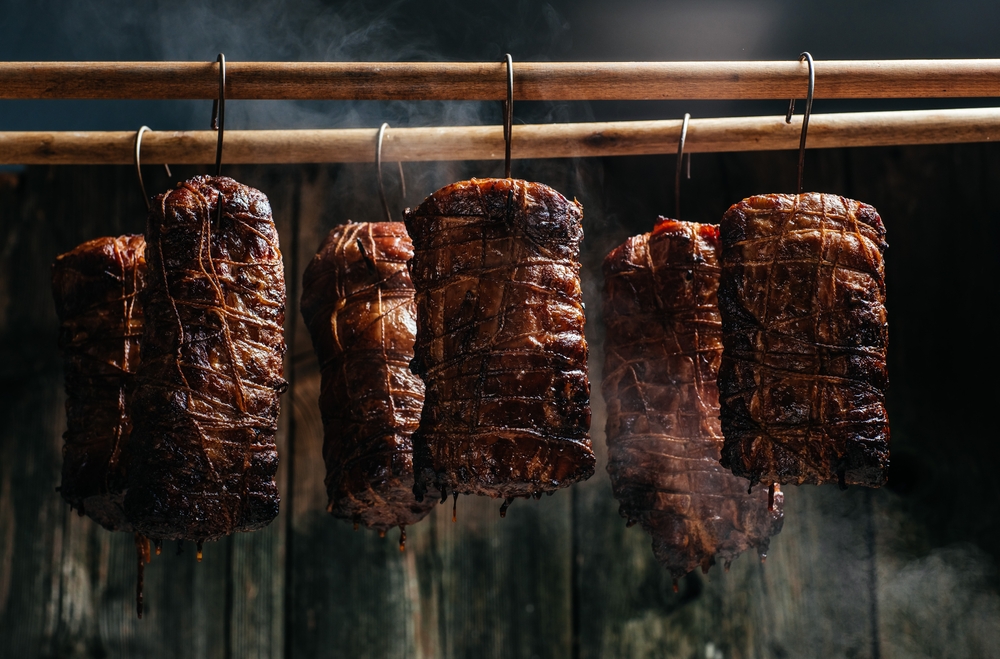

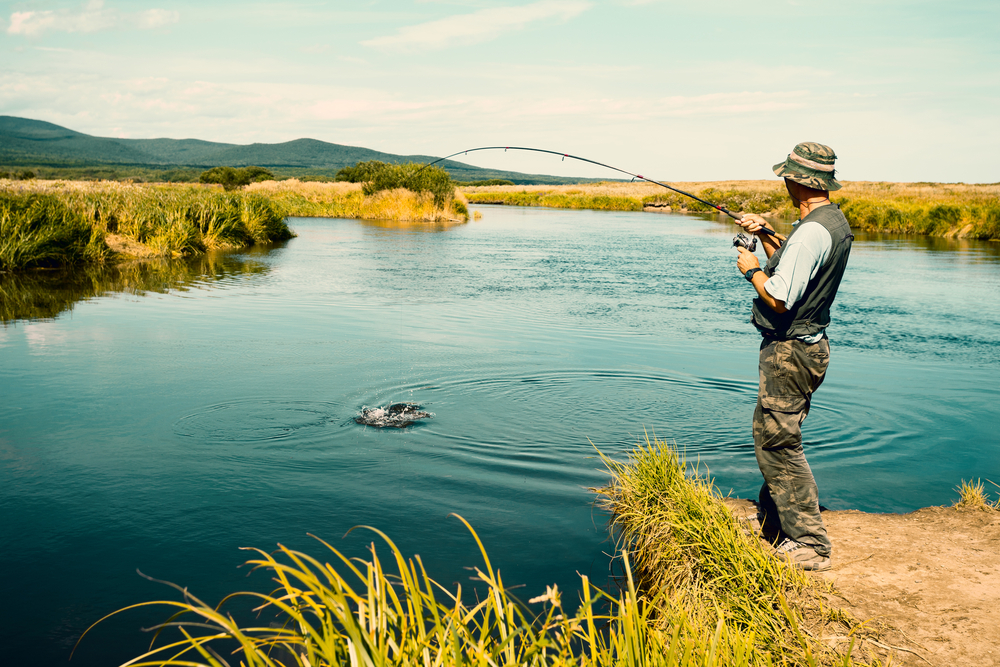

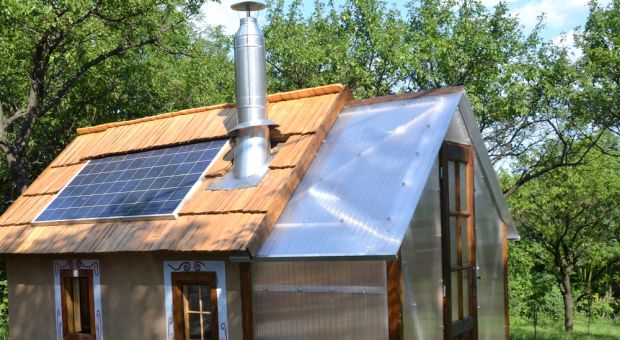



























































Bill, liked your blog here a lot. I (my wife and I) have started the off-grid preps as well. We have 14 solar panels already (mounted on my shop and feeding to the house). We also have a 1.5KW Sonnen Battery which stores all the produced electricity, located in an out-building sited right behind our house.. Most of our home is powered via the Sonnen battery/solar cells. Here are some additional points to consider. 1. The solar cells should be on a pivoting mount that will turn them toward the sun during the day. 2. The building where the Sonnen battery is stored, will need heat in the winter (we have a little catalytic heater with its own thermostat). Also that building will need supplemental cooling during the summer to keep the battery at an optimal temperature..(if the building gets too cold or too hot, the battery shuts down.) These are things that most contractors will not tell you about during the purchase/installation of your PV panels. Also, if your system is anything like mine, there are times when the battery will just shut down for no apparent reason at all. Our Sonnen (which is supposed to be one of the best batteries) shuts down about once a month. Therefore I have to go out and check the batteryalmost on a daily basis to make sure it has not shut down. (Fortunately, we are not entirely off-grid. Our electrical system has a meter that will actually run backwards if we produce more electricity than we use. As a result, the power company (Duke Energy) credits us for any excess electricity we produce. The bad issue that I have found is that in the winter, when there is stormy weather, the cells don’t produce enough electricity to completely re-charge the battery each day. So, as a result, in a series of overcast, stormy days, we will wind up with a “0” charge on the battery and have to rely on the power company to supply all our power. (The way the contractor set up our system is the solar cells recharge the battery each day and we use the electricity each day. So, the battery goes through a charge/discharge cycle every day. Realizing that a battery has only a certain number of charge/discharge cycles before it stops working, my concern is that by having our battery go through that cycle every day, we’re going to wind up with a “used-up battery. Right now, I am considering a supplemental portable generator to charge the battery when there is too little current generated by the solar cells to complete the battery charge.
I priced a solar grid tied system without batteries and decided it was not for me. If the power were out, I’d be out and there was no real savings.
Then I priced a battery backup solar system tied to my power panel in the home. That included panels, batteries for at least three days power, inverter and charge controller in a nice packaged deal for everything including underground wire to the home. It was cheaper and I wasn’t using power company power at all for my home. If their power was down, we still were using our power. On the grid tied power you couldn’t by producing power to feed back into their system while they were doing repairs. If for some reason my power were down then I could still use a generator or wind power.
That made more sense to me and wonder of wonders … It was cheaper as well.
My next project will be a solar 12v well system. Pump to a pond or container then pump to a pressure tank for home use. The submersible 12v well pump then solar run pond pumps with wire, pipe, fittings et costs less than a 1/2 horse submesable 110 or 220 pump alone. Go figure. It could be solar or wind powered and still be cheaper than the set up to use power from a power company. If my well needed to be deeper then the price would go the other way. I don’t need a very deep well here.
It pays to look at what you need, what’s available and how it prices out.
Hello, Bill. I get a Big Belly Laugh when ever anyone talks about Solar Roof Panels. How do yours work at 0300. Mine were articulated (moved with the sun’s movement); even then I get 4 hours a day in winter (on a sparkling clear day – about 180 / 365) and 8 hours now – first day of Spring. ALSO – If you are using LED lighting in your living spaces, your Health is Doomed ! The Long Wave blue light spectrum is devastating to your Health; Some Examples: – Your body’s circadian rhythm for sleeping and relaxing, – Your body cell Mitochondria (each cell has its own brain), – your synapses (Central Nervous System), – your body’s skin cover (primary toxin removal organ), – And your Cardio-Vascular dilation controls (affecting blood pressure, heart rate, and heart rhythm) – Are ALL Seriously and Negatively Affected. Use LED’s at your own Peril.
Assuming that city water underground through my front yard is about 55 degrees F, then going direct to the hot water heater, which then “stores” that water, the hot water tank only reheats it later in cycles to maintain min 120 degrees F per bldg code.
I :redirected the potable water from the street but through my oil burner storage, then feeding that “pre-heated” water ramping up to 120 degrees direct to the hot water tank , which then maintains the temp at a higher temp level, so that the hot water heater is not cycling too much trying to heat colder water….thereby saving about 10% in electric costs (say, $50/month).
I suppose I can shut the HWH off at 8 pm, then take a shower at night//use dishwasher to skim some of its storage, then turn on again at 6-8 am. I am trying to find a switch for safely intercepting the breaker shut-off switch, vs. continually walking up/down cellar stairs.